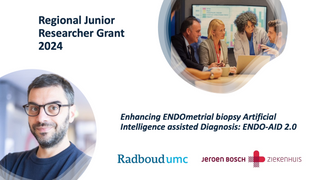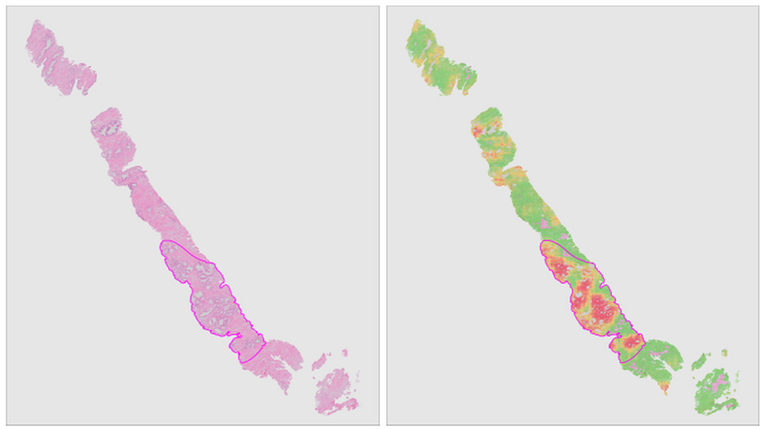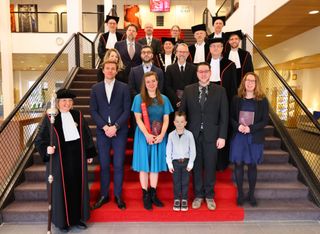
Francesco Ciompi is awarded Academic Medical Network grant for ENDO-AID 2.0 project
Francesco Ciompi, in collaboration with JBZ, receives grant for ENDO-AID 2.0: Enhancing ENDOmetrial biopsy Artificial Intelligence assisted Diagnosis. Read more →
The Computational Pathology Group develops, validates and deploys novel medical image analysis methods based on deep learning technology.


Francesco Ciompi, in collaboration with JBZ, receives grant for ENDO-AID 2.0: Enhancing ENDOmetrial biopsy Artificial Intelligence assisted Diagnosis. Read more →

Five DIAG/CPG researchers took on the Alpe d’HuZes challenge, contributing to €19 million raised for the Dutch Cancer Society. Read more →

Esther Markus-Smeets successfully defended her PhD thesis on using quantitative imaging to understand pancreas tumor biology. Read more →